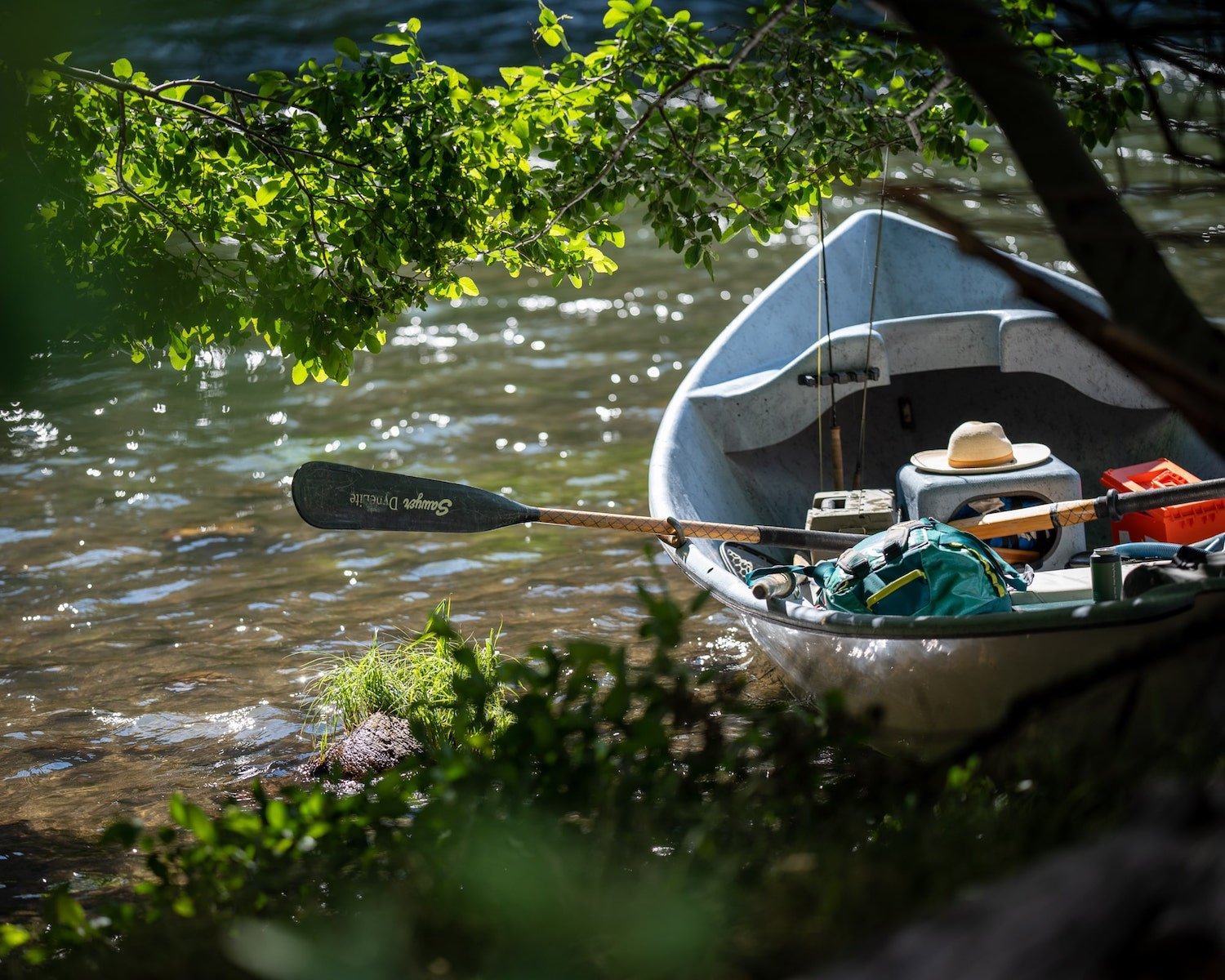Annual Water Quality Report
Science-Based Advocacy
The DRA’s annual water quality report is now available on our website. The report provides a yearly assessment of the specific ways in which Portland General Electric’s Selective Water Withdrawal Tower operations negatively affect the lower Deschutes River. It also represents hundreds of hours put in by the DRA’s science team. Staff scientist Hannah Camel, along with board members Rick Hafele, Larry Marxer and Steve Pribyl collected, analyzed and interpreted hundreds of days of water quality data collected from monitoring stations in the river.
The quality of the science produced by the DRA is second to none. The science team has well over a century of water quality science experience between them, and the quality of their data is good enough that the Oregon Department of Environmental Quality uses it when submitting reports to the Environmental Protection Agency.
Sour on the Tower
Some of the reports key findings:
SWW Tower operations intentionally warm the lower Deschutes River during critical spawning, incubation and early rearing periods for resident trout, bull trout, and steelhead.
Relative to pre-SWW Tower operations, the cooling during the fall caused by the current operations is disproportionate to the warming that occurs during the rest of the year, most of which falls during the designated salmon and steelhead spawning and incubation period.
Excess nutrients in surface water released from Lake Billy Chinook continues to be the primary contributor to the declining health of the lower Deschutes River and is largely influenced by high nitrogen inputs from the Crooked River.
Similar to previous years monitored by the DRA, large diel swings in pH and dissolved oxygen indicate excess nutrients from the Crooked River contribute to the well-documented nuisance algal growth and aquatic plant biomass accumulation in lower Deschutes River.
High pH levels continued to exceed Oregon water quality standards throughout the monitoring period in 2023 but showed an immediate improvement with an increased percentage of bottom-draw.
The current operating permit requires salmonid spawning standards for DO to apply year-round. Dissolved oxygen concentration does not meet state standards set to protect incubating trout eggs and fry for a large portion of observed spawning and incubation periods.
Cooler, Cleaner Water: There’s A Way
All the available evidence contained in this report points to one possible solution: returning to the maximum amount of bottom water from the depths of Lake Billy Chinook for release into the lower Deschutes River. Surface withdrawal during peak smolt migration would still happen. Releasing a higher percentage of bottom water for the bulk of the year could provide immediate relief.
Good science coupled with persistent advocacy will eventually yield the result the DRA and all its supporters are hoping for: a lower Deschutes River that is as healthy as it can be. In the meantime, thanks for caring about one of our favorite places on earth.
More From The Blog
Subscribe the the DRA Newsletter
The Deschutes River Alliance is your focused voice to protect the lower Deschutes River, its cold water flows and the fish and wildlife that are sustained by them. We send regular emails with important data and news about the lower Deschutes River. We will not sell or loan your contact information to others.
How to Support the DRA
Everyone wants clean, healthy water in the Deschutes River. Oregonians cherish our clean and healthy waterways to provide drinking water, wildlife habitat and recreational activities. The lower Deschutes River is a federally designated Wild & Scenic River, and a national treasure. It must be protected for the environmental and economic health of Central Oregon. We believe by working together we can return the lower Deschutes River to full health.






















